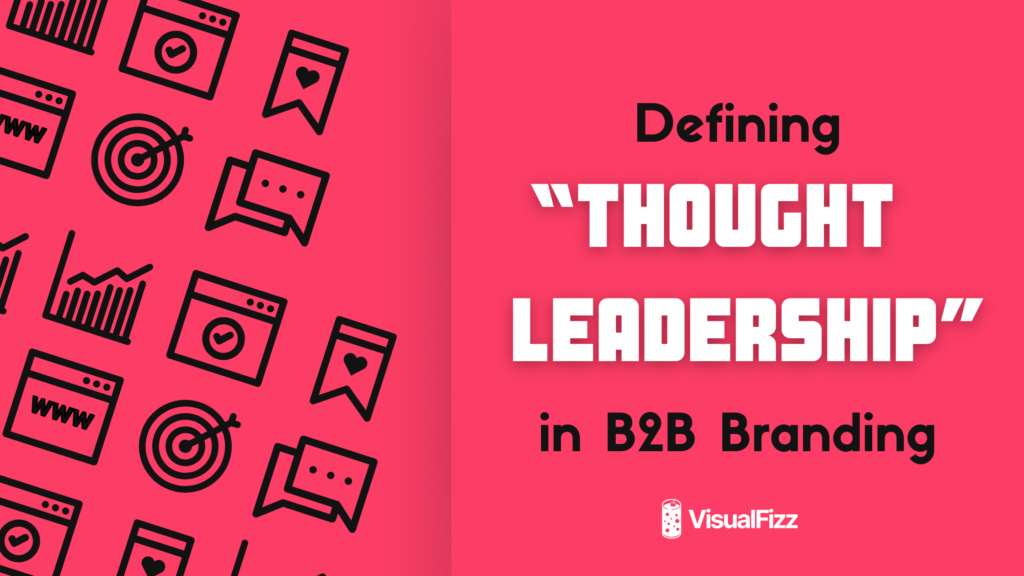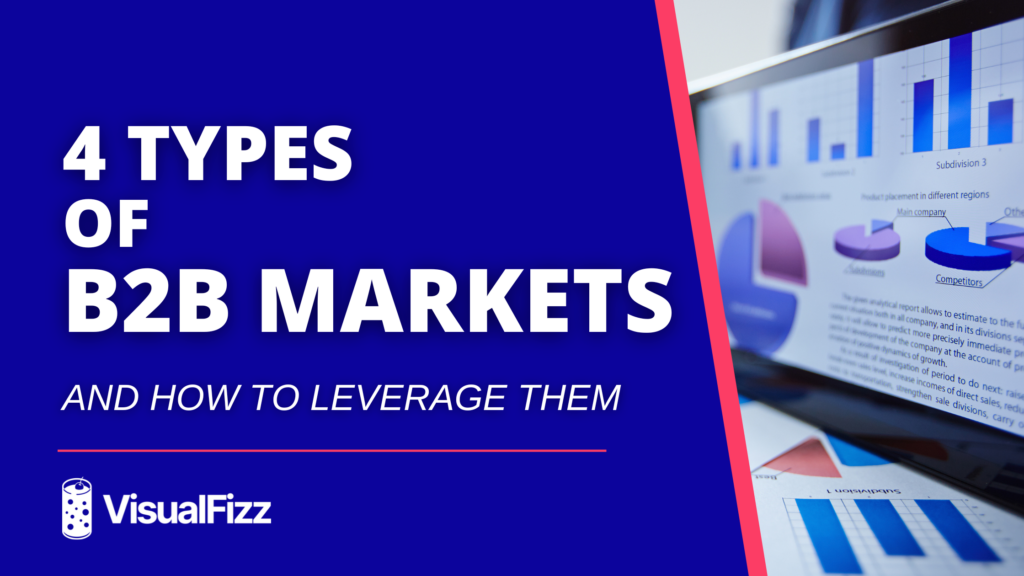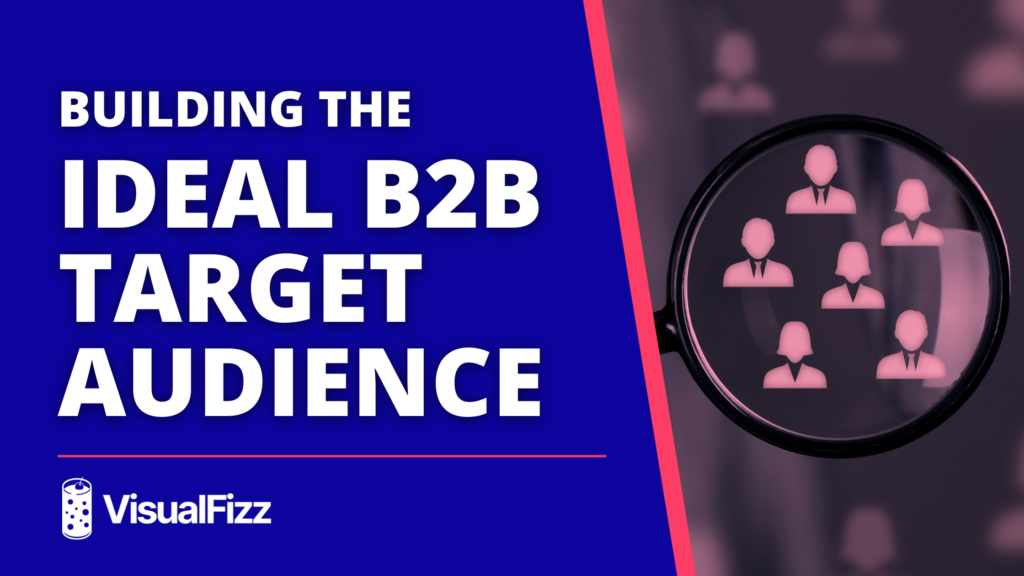
Let’s face it: the term “thought leadership” gets thrown around in B2B marketing like the ubiquitous confetti dropping from the ceiling at an overhyped sales kickoff. Everyone wants it, but few really know what it means — or how to achieve it. Is it about publishing LinkedIn articles? Hosting webinars? Dropping buzzwords into your pitch deck?
Here’s the truth: real B2B thought leadership isn’t about shouting the loudest or acting like you are smarter than the rest. Instead, it’s about offering meaningful insights, solving real problems, and driving conversations that matter.
Take Deloitte, for example. Their Tech Trends Report doesn’t just highlight the latest developments — it shapes how industries think about the future of technology. By diving deep into challenges like AI ethics and cybersecurity risks, Deloitte has shown true B2B thought leadership.
Companies that embrace thought leadership as a strategy — not just a label or buzzword — build trust, foster engagement, and grow their influence in the market. But how do you actually do it? Our VisualFizz team offers some suggestions below.
1. The Foundation of B2B Thought Leadership
Thought leadership is about establishing your company as a trusted expert in your field. It’s not enough to have knowledge — you need to share it in a way that adds value to your audience.
True thought leaders avoid the “sales pitch trap.” Instead of pushing products, they focus on addressing industry challenges, exploring trends, and providing actionable insights. According to Edelman’s Trust Barometer, 88% of decision-makers say thought leadership builds trust—a critical ingredient in the B2B buying journey.
B2B thought leadership is not a parade of self-congratulatory blog posts or vague generalities. It is something earned by delivering credible, data-backed insights and offering a unique perspective that helps others make informed decisions.
Thought leadership doesn’t happen overnight. It requires consistent effort and a deep understanding of your audience’s needs. Great thought leaders continuously ask, “What are the biggest challenges our industry faces, and how can we help solve them?”
The best thought leaders don’t shy away from bold stances. They take risks by sharing forward-thinking ideas that challenge the status quo. This willingness to push boundaries not only positions them as innovators but also inspires others in the industry to think differently.
2. Why B2B Thought Leadership Matters
Why bother with thought leadership? Because it works. Still think it’s just buzzwords? Think again: thought leadership content generates 75% more leads than generic marketing materials, according to LinkedIn.
Buyers are looking for partners who understand their challenges and can guide them to solutions. By positioning your brand as an authority, you move beyond selling products — you’re shaping how your industry thinks.
Take Microsoft’s cloud computing division, for example. By publishing forward-thinking research on AI’s role in business, they showcased their expertise and influenced how their audience approached digital transformation. This is the kind of impact thought leadership can deliver.
Thought leadership fuels long-term growth. It helps companies stay top-of-mind, even when prospects aren’t actively in the market for a solution. By continuously engaging your audience with fresh perspectives and innovative ideas, future buyers will remember your name.
3. How to Create Authentic B2B Thought Leadership
So, how do you actually achieve thought leadership? Think substance. Here are three keys to doing it right:
Let the Numbers Do the Talking
Trust is built on credibility, and nothing is more credible than solid data. Research, case studies, and stats add weight to your claims and show your audience that your insights are grounded in reality — not guesswork. Backing up your thought leadership with data transforms opinions into authority.
Address Real Problems
Your audience wants solutions to the challenges that keep them up at night. Thought leadership means diving headfirst into those problems and offering actionable answers. The more specific and relevant your content, the more it will resonate.
Set the Trends, Don’t Chase Them
True thought leadership isn’t about reacting to what’s already happening. You need to be predicting what will happen next. By analyzing trends, anticipating industry shifts, and offering a clear roadmap for your audience, you position your brand as the go-to expert in your field.
For example, Adobe’s annual Digital Trends Report positions the company as a leader in marketing innovation by delivering insights their audience can actually use.
4. Measuring the Impact of Thought Leadership
Thought leadership is only as effective as the impact it makes. But how do you know if your B2B thought leadership is actually making a difference? It’s all about measuring success, and that means looking beyond vanity metrics like page views and social shares. You have to dig deeper. VisualFizz recommends:
Building Your Community
Thought leadership starts with growing your audience. Are your followers and subscribers steadily increasing? Expanding your reach means your insights are resonating. Check out this recent blog from our VisualFizz team that explains the different B2B markets so you can focus your intentions on growing the right audience.
Focusing on Engagement Rates
Likes, shares, comments — these are more than vanity metrics — they’re actual proof that your content is resonating. High engagement rates show that your thought leadership is inspiring dialogue, building connections, and driving meaningful interactions.
Turning Insights into Action With Lead Generations
B2B thought leadership also needs to create conversions. Are prospects reaching out after engaging with your content? Whether it’s a case study download or a consultation request, lead generation is the ultimate sign that your insights are driving real business outcomes.
According to Edelman, 53% of decision-makers say thought leadership influences their buying decisions. This makes it essential to track not only engagement but also how thought leadership content impacts your pipeline and closes deals.
B2B Thought Leadership — More Than a Buzzword
Take the buzzword and make it into a true competitive advantage. By sharing valuable insights, solving real problems, and driving meaningful conversations, brands can establish themselves as trusted authorities and partners.
Ready to improve your B2B thought leadership? VisualFizz specializes in crafting strategies that elevate your brand and influence your industry. Contact us today to start building your thought leadership platform and let’s take some time to discuss your needs.
Publishing Date:







